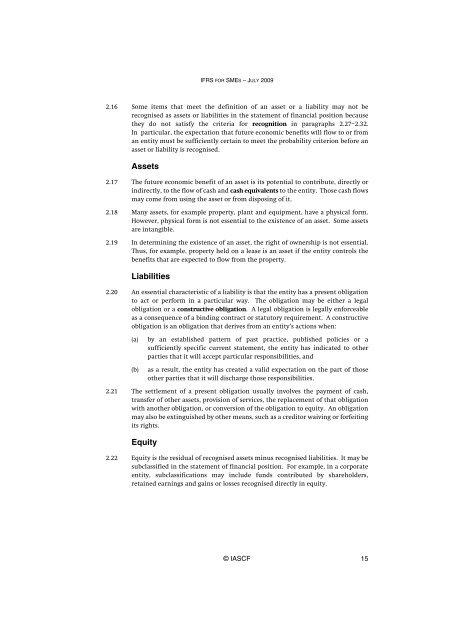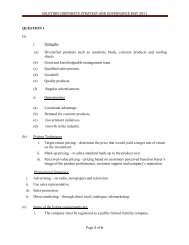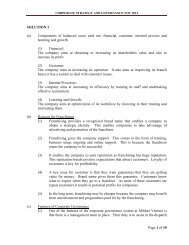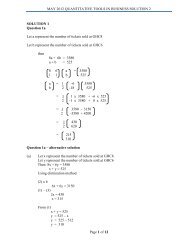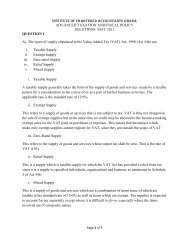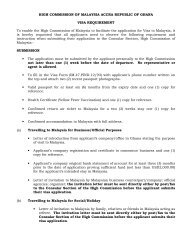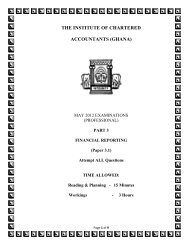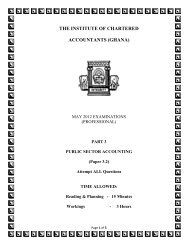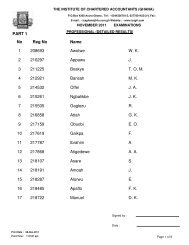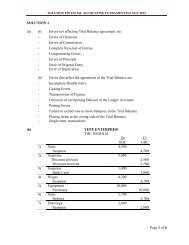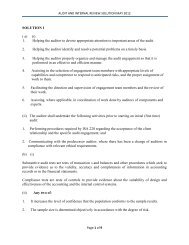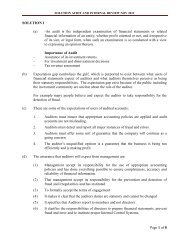(IFRS) for Small and Medium-sized Entities (SMEs)
(IFRS) for Small and Medium-sized Entities (SMEs)
(IFRS) for Small and Medium-sized Entities (SMEs)
Create successful ePaper yourself
Turn your PDF publications into a flip-book with our unique Google optimized e-Paper software.
<strong>IFRS</strong> FOR SMES – JULY 20092.16 Some items that meet the definition of an asset or a liability may not berecognised as assets or liabilities in the statement of financial position becausethey do not satisfy the criteria <strong>for</strong> recognition in paragraphs 2.27–2.32.In particular, the expectation that future economic benefits will flow to or froman entity must be sufficiently certain to meet the probability criterion be<strong>for</strong>e anasset or liability is recognised.Assets2.17 The future economic benefit of an asset is its potential to contribute, directly orindirectly, to the flow of cash <strong>and</strong> cash equivalents to the entity. Those cash flowsmay come from using the asset or from disposing of it.2.18 Many assets, <strong>for</strong> example property, plant <strong>and</strong> equipment, have a physical <strong>for</strong>m.However, physical <strong>for</strong>m is not essential to the existence of an asset. Some assetsare intangible.2.19 In determining the existence of an asset, the right of ownership is not essential.Thus, <strong>for</strong> example, property held on a lease is an asset if the entity controls thebenefits that are expected to flow from the property.Liabilities2.20 An essential characteristic of a liability is that the entity has a present obligationto act or per<strong>for</strong>m in a particular way. The obligation may be either a legalobligation or a constructive obligation. A legal obligation is legally en<strong>for</strong>ceableas a consequence of a binding contract or statutory requirement. A constructiveobligation is an obligation that derives from an entity’s actions when:(a)(b)by an established pattern of past practice, published policies or asufficiently specific current statement, the entity has indicated to otherparties that it will accept particular responsibilities, <strong>and</strong>as a result, the entity has created a valid expectation on the part of thoseother parties that it will discharge those responsibilities.2.21 The settlement of a present obligation usually involves the payment of cash,transfer of other assets, provision of services, the replacement of that obligationwith another obligation, or conversion of the obligation to equity. An obligationmay also be extinguished by other means, such as a creditor waiving or <strong>for</strong>feitingits rights.Equity2.22 Equity is the residual of recognised assets minus recognised liabilities. It may besubclassified in the statement of financial position. For example, in a corporateentity, subclassifications may include funds contributed by shareholders,retained earnings <strong>and</strong> gains or losses recognised directly in equity.© IASCF 15


